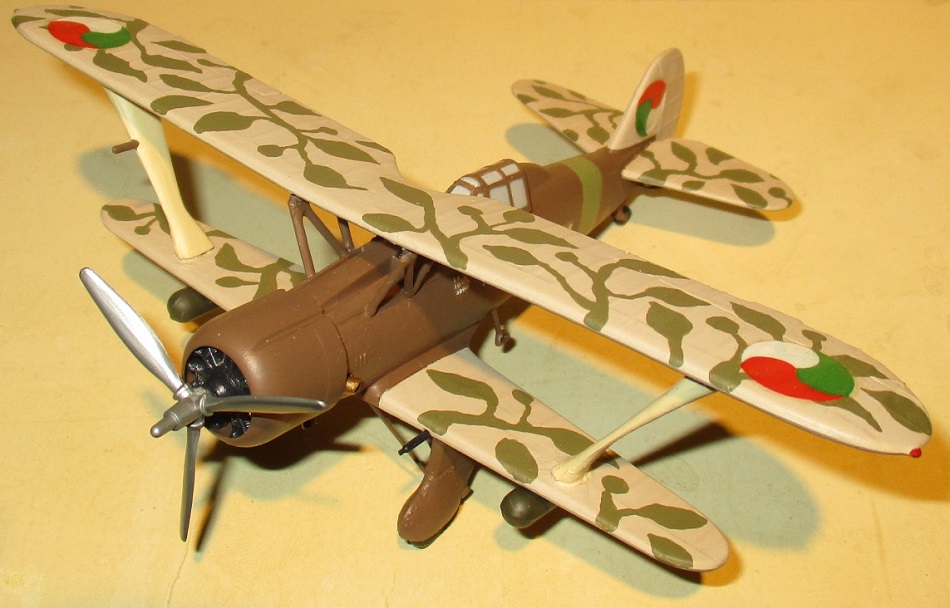
The Pasta Republic, a tiny noodle-making nation, was shoe-horned in between Italy and Italy. Therefore it seemed inevitable it would be caught up in conflagration that was the Second World War.
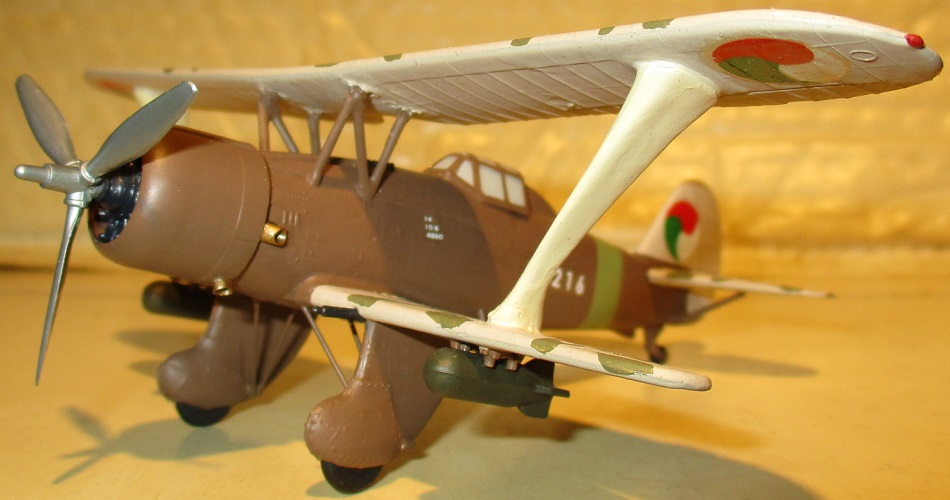
Quietly governed for centuries by a council of elders, that all changed on the eve of the conflict when a new, ruthless ruler took power.
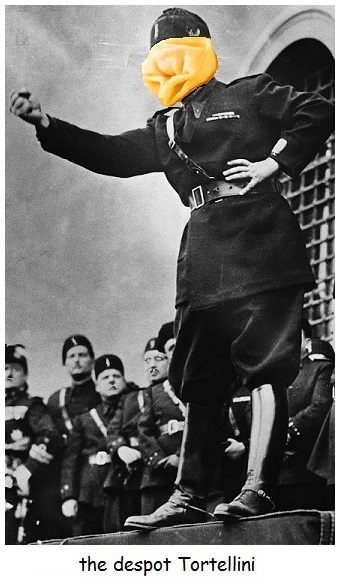
On his orders, the Pasta Republic's military underwent a fast modernization program, starting with the air force.
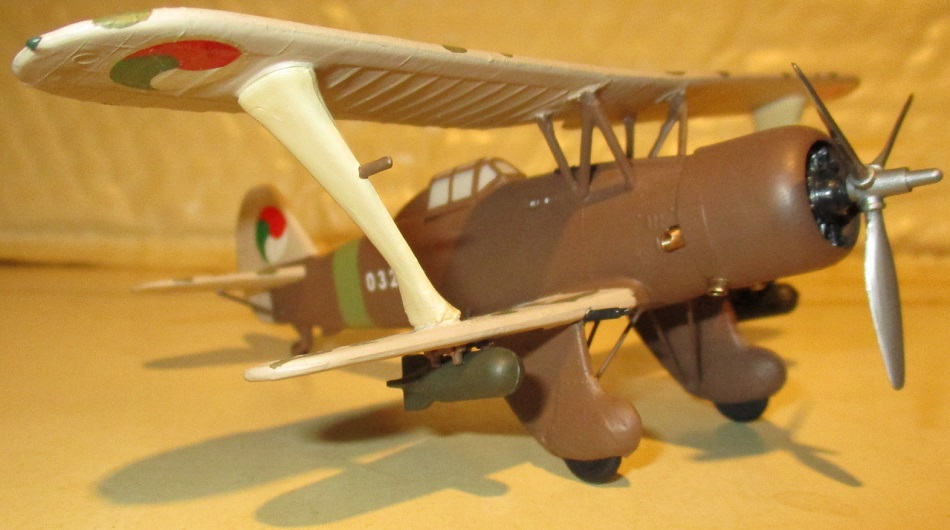
They received CR.45 Mk. V biplane fighter-bombers from Italy who were more than happy to get rid of these antique cast-offs.
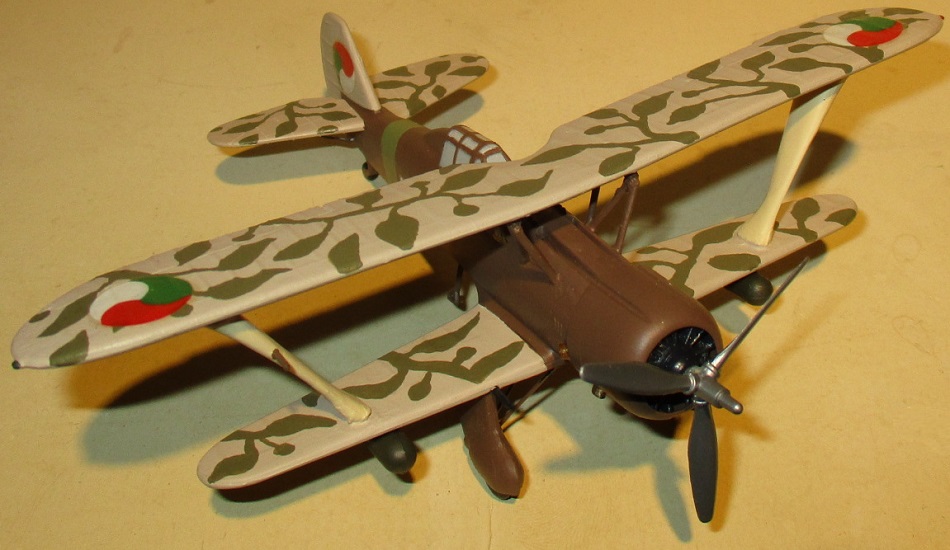
Known as the "Fettuccine" because the aircraft's interplane struts resembled the famous flat noodle, it's estimated that at least no less than one of these beautifully belligerent biplanes was sent into action to defend the Republic.

This aircraft wears serial 03216 on the fuselage which should not be assumed to mean there were over three thousand of the things. The number identifies this as the third aircraft, 21st Sqadriglia (which had 5 planes total on strength, three of them undergoing maintenance) of the 6th Aero Regimento (five of these units were strictly ceremonial).
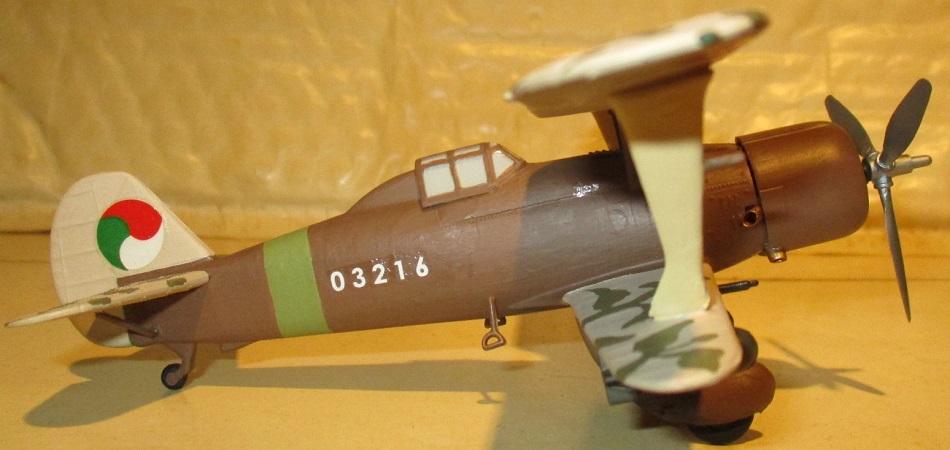
After years of oppression
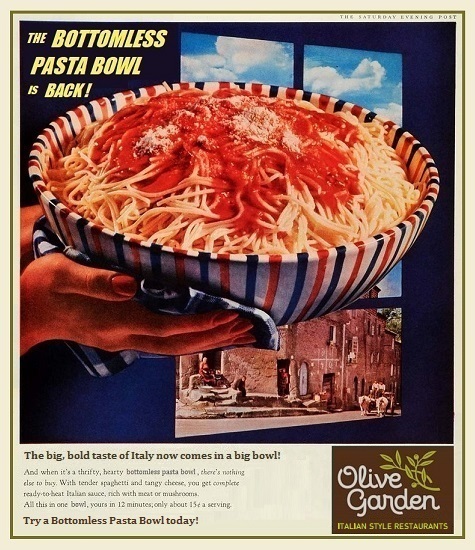
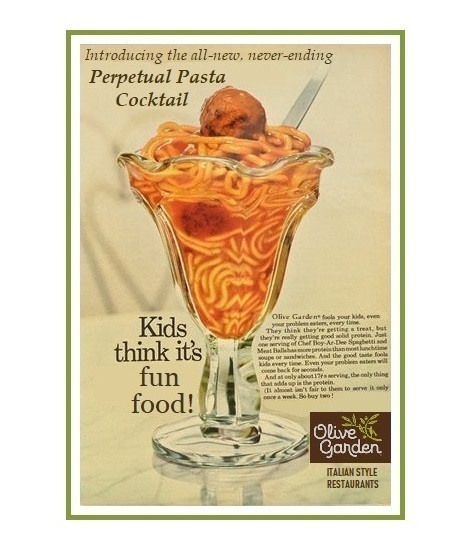
finally an outrage occurred that pushed the tiny, over-worked country over the edge.
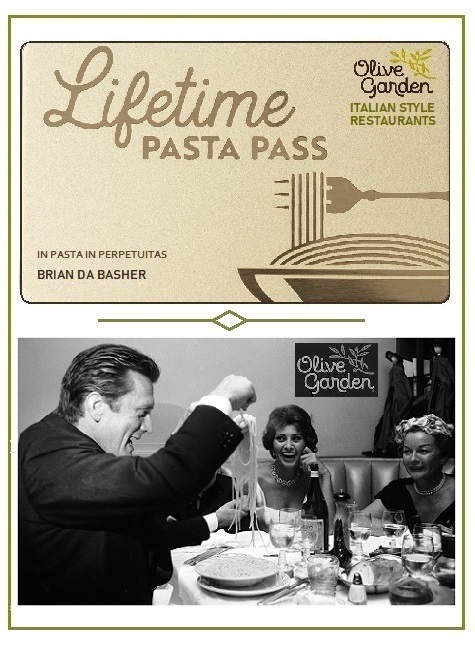
Bent on revenge for his horribly abused and neglected people, Tortellini ordered a strike of breath-taking proportions (must've been the garlic) that would hit at the heart of foreign tyranny.
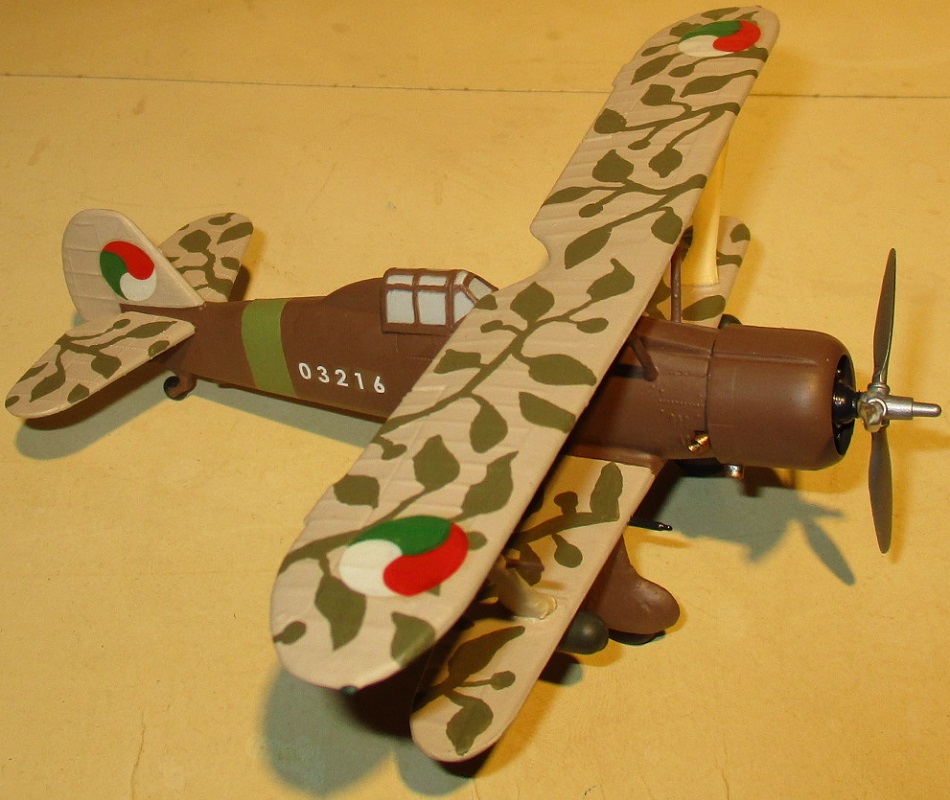
The CR.45 Mk. V 'Fettuccine' 03216 was secretly loaded on a tramp steamer for the clandestine voyage to bring the aircraft within range of the hated foe.
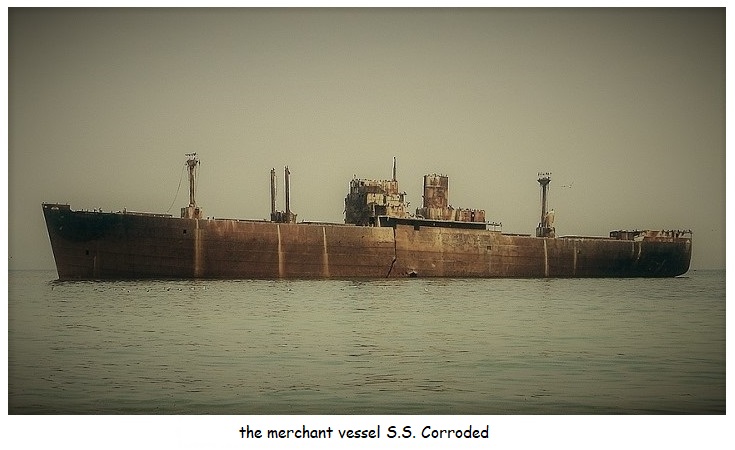
The ship quietly made its way across the ocean and then down Canada's St. Christopher's Canal to Erie, Pennsylvania where it was off-loaded when darkness fell. Lax security allowing this could be blamed on the town's third Penny Draft Beer Night in a row.



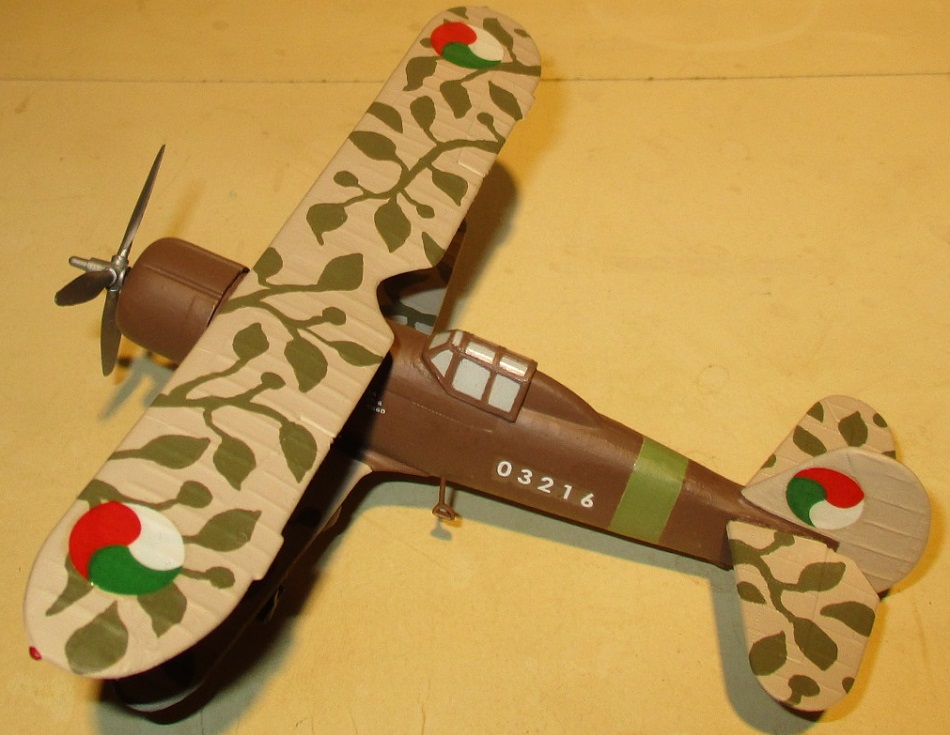
The next morning, the aircraft had been assembled and was run up as the pilot said a prayer to his Pastafarian deity before starting the mission.

Expecting to find a target within Erie's environs, the CR.45 Mk. V lacked an auxiliary fuel tank. Mission planning indicated a heavier bomb load was preferred over extending the flight radius but the target had since been paved over and was no longer there. So the pilot turned west and headed towards the secondary target, hoping his fighter-bomber had enough gas.
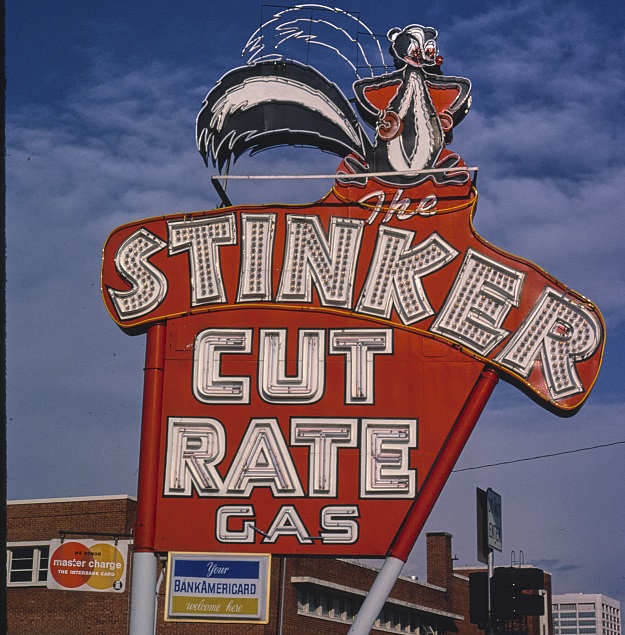
Not long afterwards, the Pasta Republic "Fettuccine" over-flew Youngstown, Ohio and was seen by alert street-corner "wise-guys" who raised the alarm.
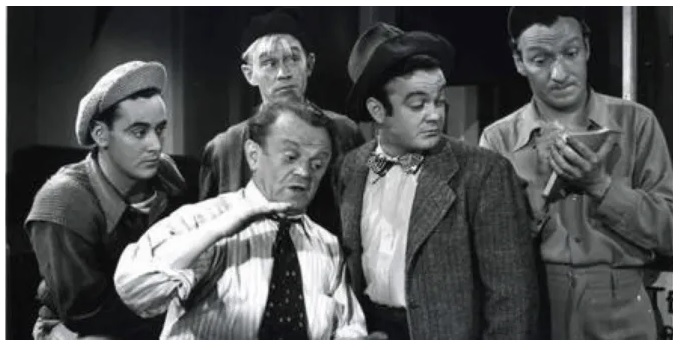
In another quarter-hour, the pilot was in visual range of the enemy installation. It seemed he'd achieved complete surprise.
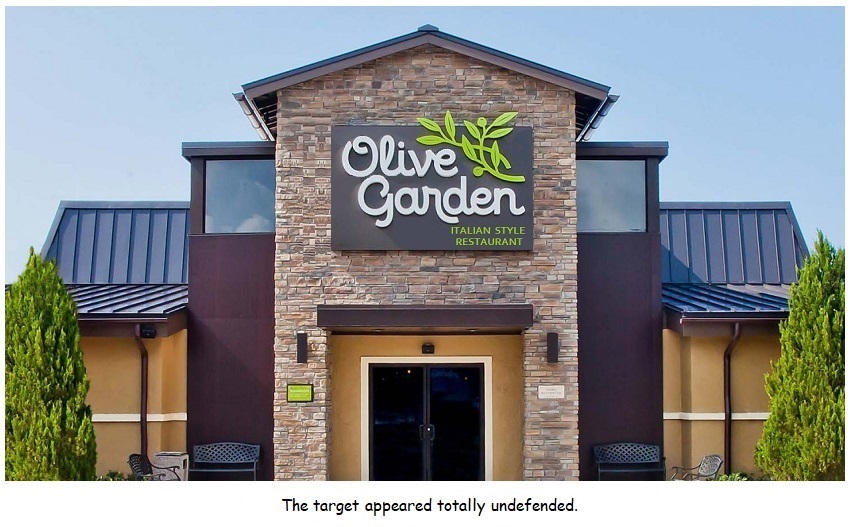
Fortunately for those who love freedom (and food) that normally placid part of Ohio was not completely lacking air defense. By a quirk of fate, an Air Corps pursuit was over-nighting at Brown Field, just outside Brownfield as it winged its way to Dayton for an overhaul.
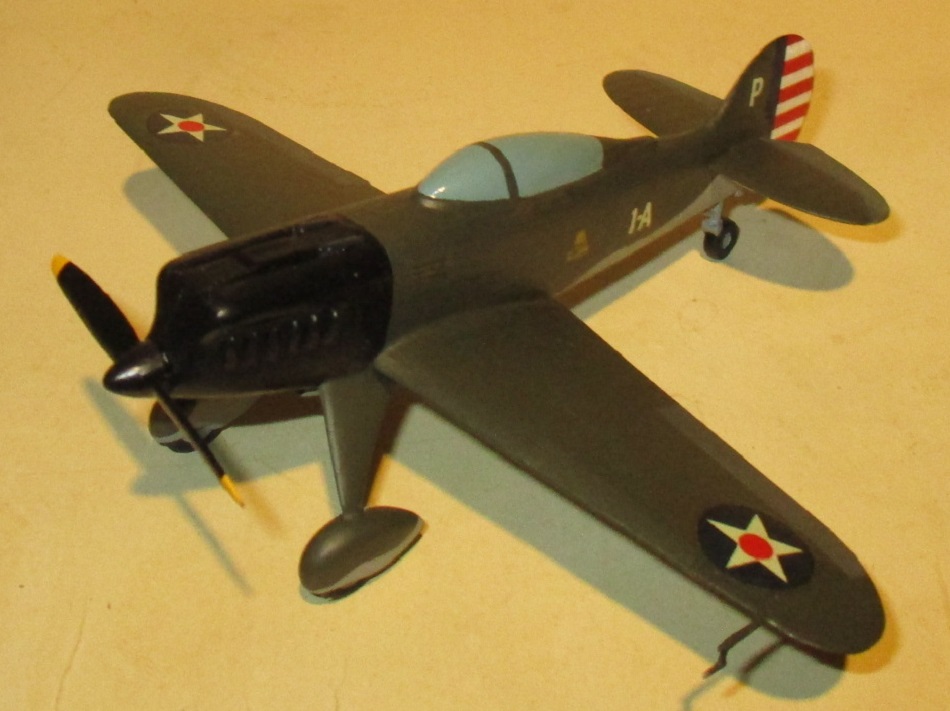
The Curtiss YP-6RM monoplane prototype was authorized by Congress as an off-year appropriation (hence the Y designation). The funds were intended to modernize (RM for Reconditioned-Modernized but some say it really means Re-Manufactured) a batch of existing, aging P-6E Hawk biplanes.
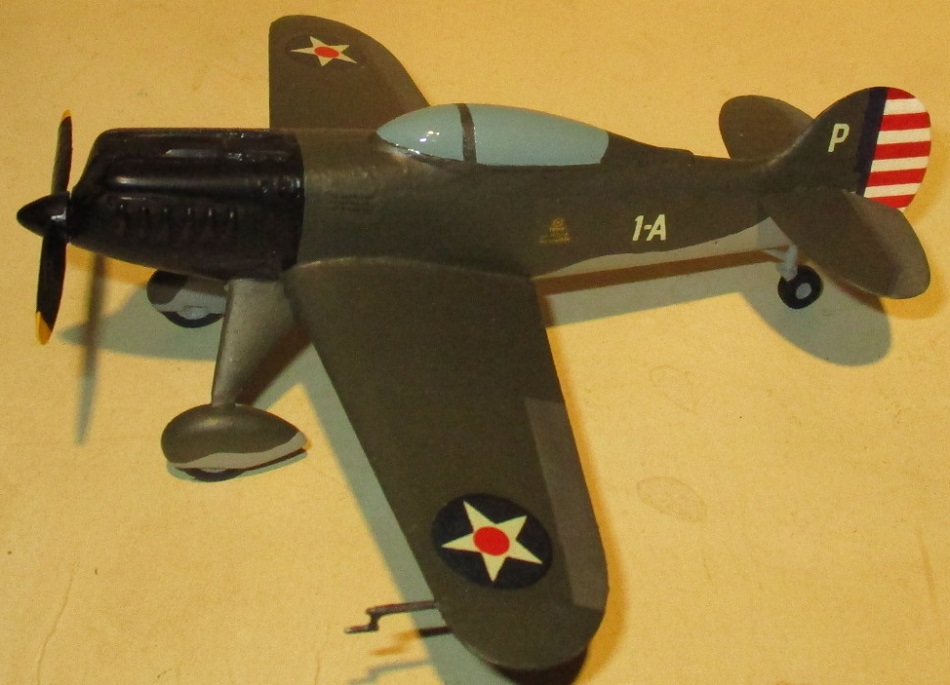
But Curtiss and the Air Corps had something else in mind and developed this fast, point-defense monoplane pursuit instead which is only notable for this action and as a lost link in the famous P-40 lineage.
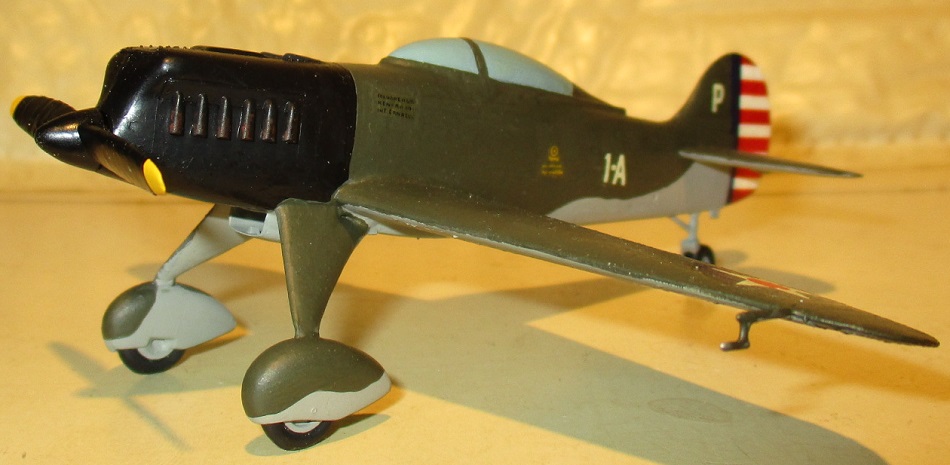
This prototype aircraft was powered by the 12 cylinder Packard-Prestone
Proton inline engine and featured a spatted undercarriage so sleek it often elicited wolf whistles from ground crew.
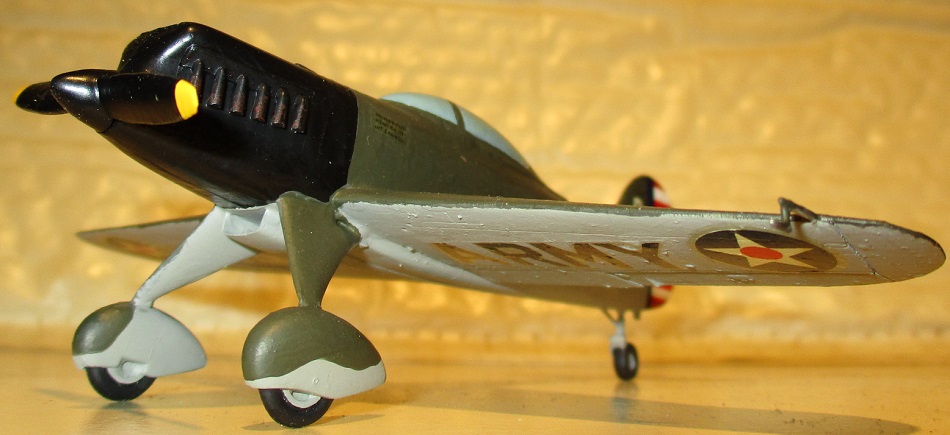
As a nod to rough-field conditions common for the era, a beefed-up, steerable tail wheel was fitted providing this prototype with "3 wheel drive" capability. This would come in handy when the YP-6RM was tapped to participate in the annual Camp Swampy maneuvers.
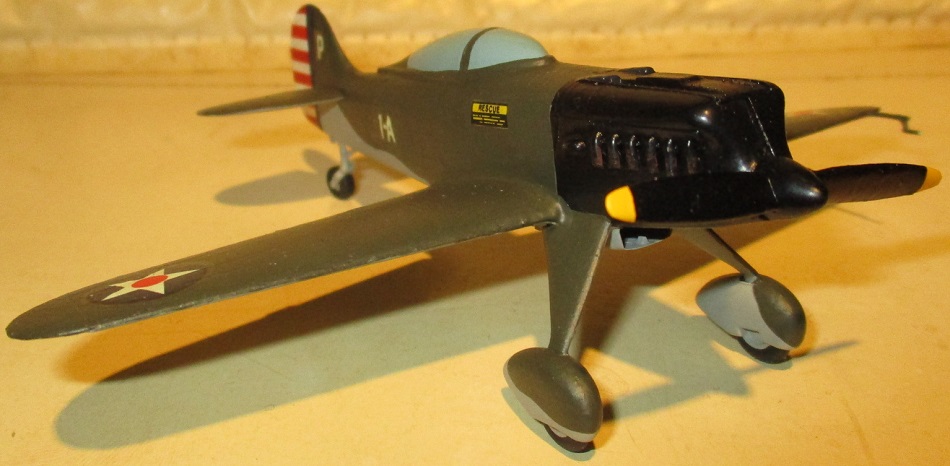
The Curtiss YP-6RM is shown here in the OD over Gray scheme it wore on that fateful day. It proudly wears a prototype 'P' on the fin and the fuselage code 1-A is not an indication of the plane's performance but a reminder that the pilot needs 1-A rated life-insurance to safely operate the type which was notoriously hard to handle. The large RESCUE placard was added in an impotent attempt at getting a break on those astronomical insurance rates.
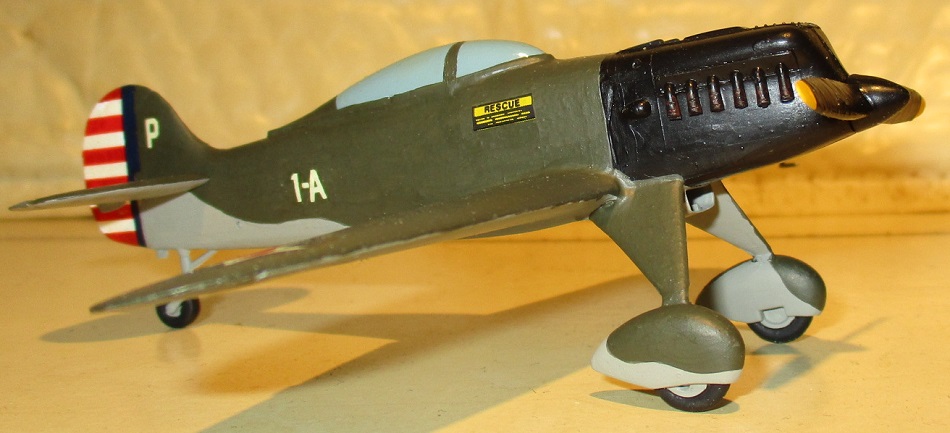
The Pasta Republic CR.45 Mk.V entered a steep dive and released its bombs at the last moment just before it had to pull up. The pilot was taught this tactic in training. Get close, get hits.
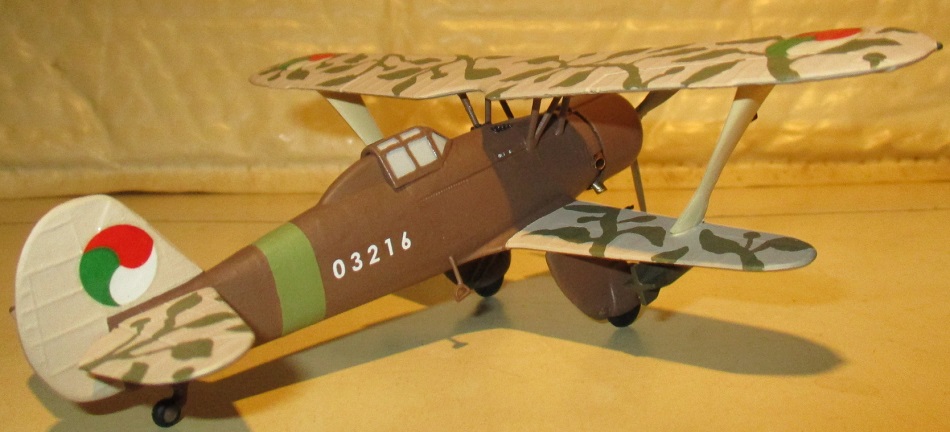
Training runs are one thing and attacking a real target another so the pilot only scored a near-miss which took out the dumpster and cratered the rear parking lot. A 1935 Nash was hit by debris and to add insult to injury, the damages did not meet the owner's insurance deductible.

Panic ensued among the Olive Garden opening crew but then the Air Corps came on the scene.
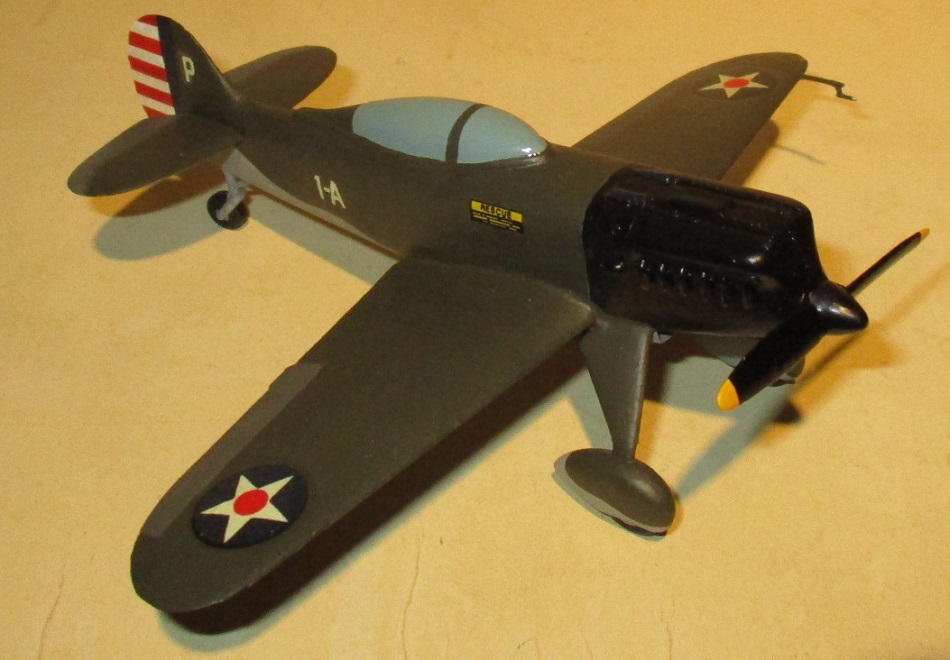
The Curtiss YP-6RM swooped in on the CR.45 Mk. V and attacked it like a bird of prey going after dinner.
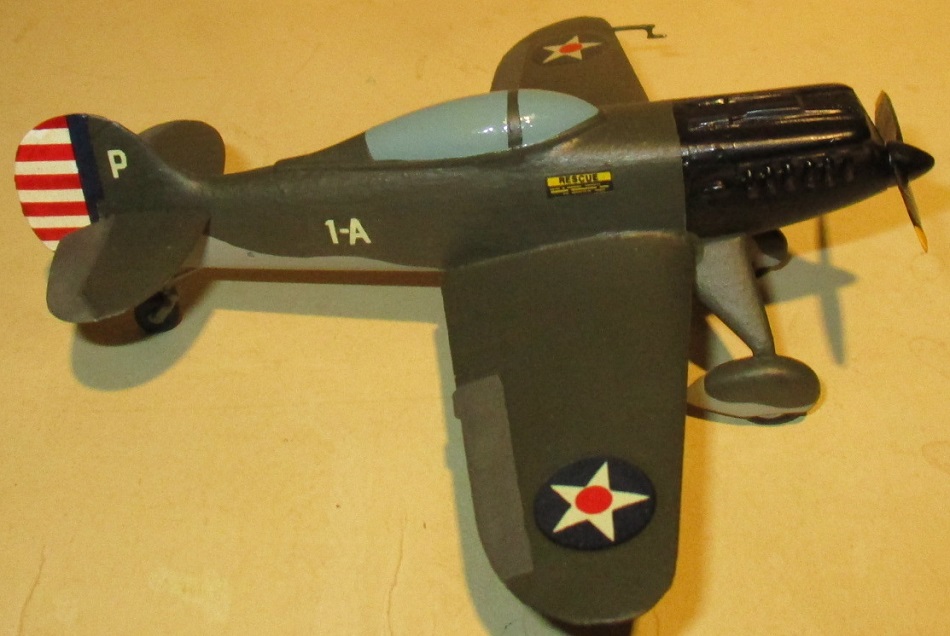
The Pasta Republic pilot turned around startled that he'd lost the element of surprise.
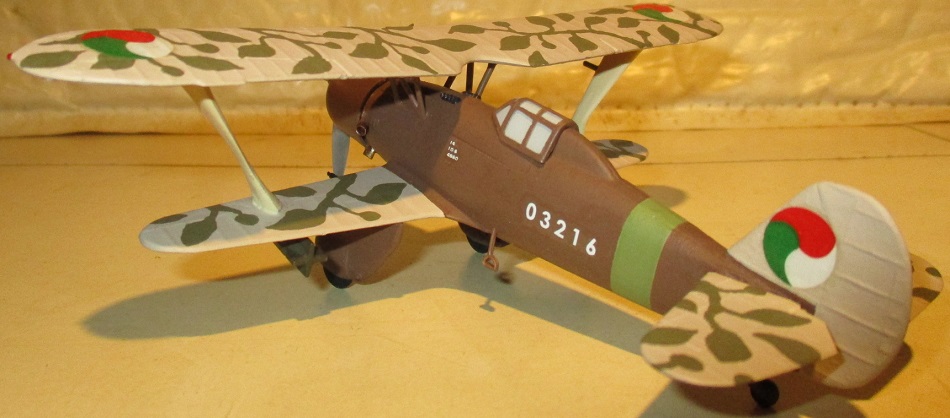
The Curtiss YP-6RM pilot closed distance quickly on his quarry.
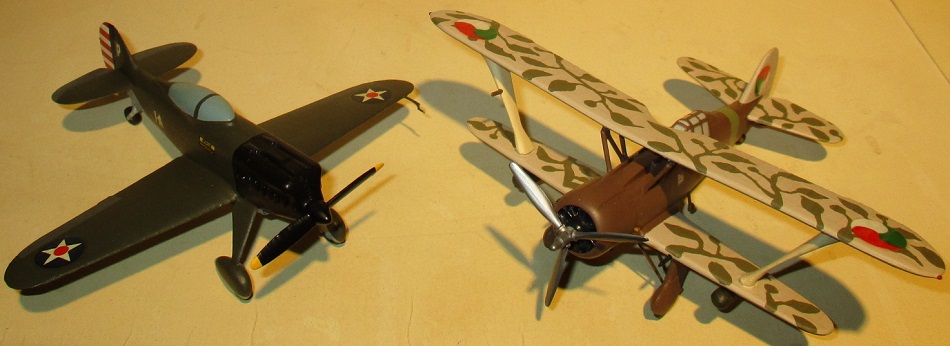
Approaching from just the right angle for effective gunnery, the Air Corps prototype pursuit opened fire with its twin synchronized machine guns.
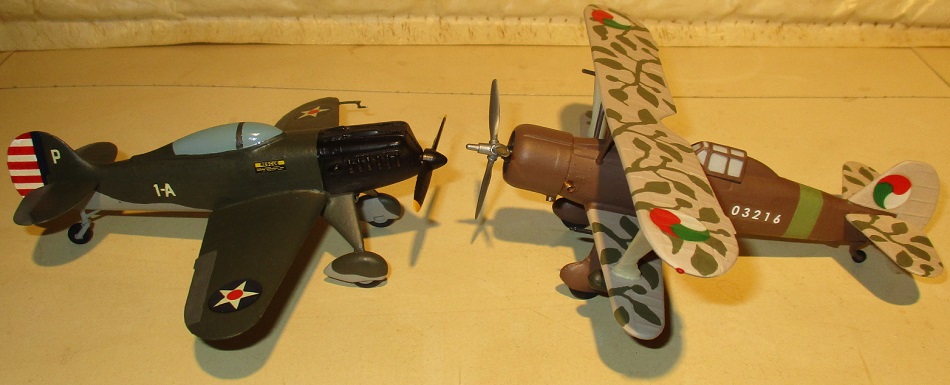
The Pasta Republic pilot, terrified by the YP-6RM's incredibly intimidating spatted landing gear, took sudden, violent evasive maneuvers.

The YP-6RM's shots went wide as the CR.45 Mk. V "Fettuccine" poured on the power and entered a magnificent Cuban Eight in an attempt to escape. The Air Corps pilot was hard-pressed to keep up with the CR-45 MK.V and its potent triple-row radial with dual exhausts and watched as the enemy managed to get away.
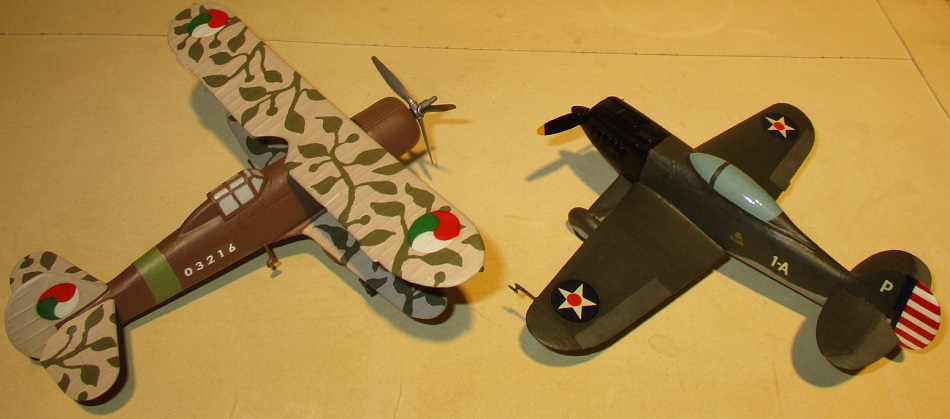
The Pasta Republic pilot barely had time to celebrate his successful evasion when his fuel light went on.
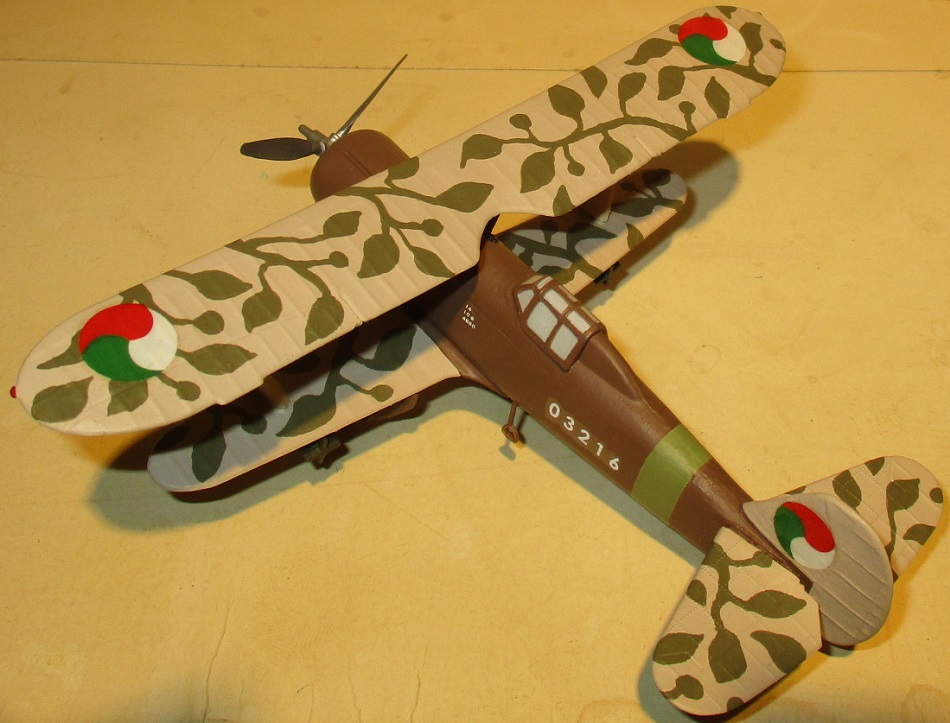
Just when he thought he was done for, he spotted an open space and made a dead-stick landing in a field of alfalfa.
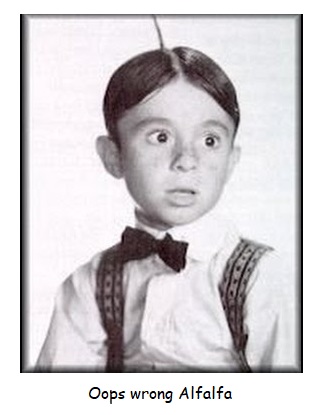
The Air Corps pilot had been hot on his heels and appeared on the scene doing a victory roll.
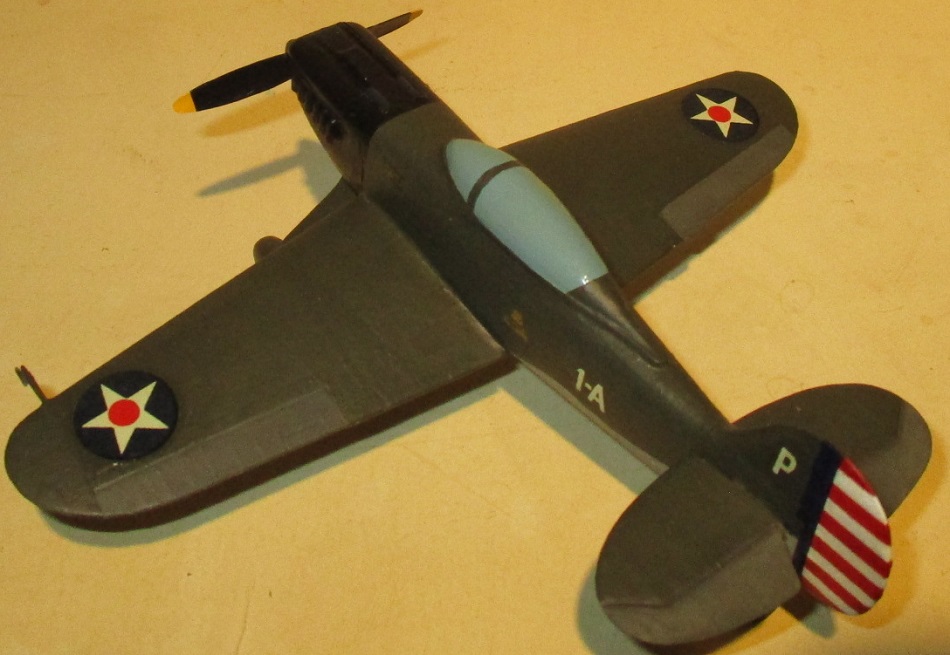
He brought his YP-6RM in for a landing and quickly took the disoriented Pasta Republic pilot prisoner.
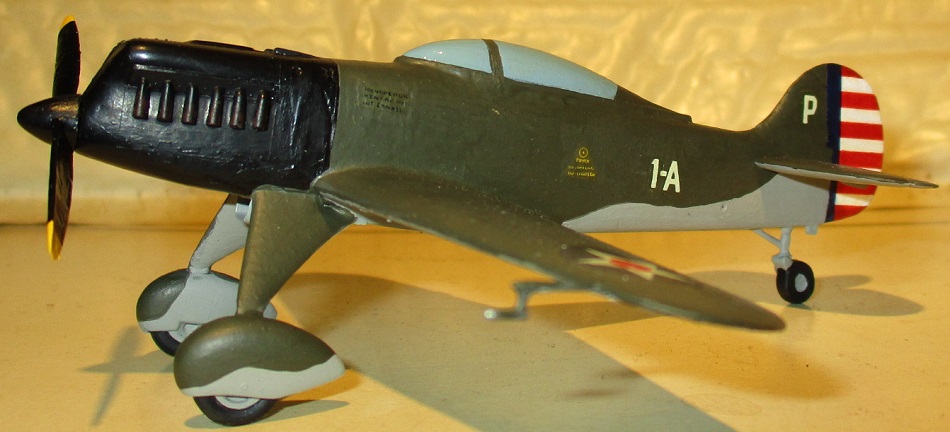
That poor Pastafarian became the first of many prisoners of war in what would be a long, hard-fought conflict.

Early the next morning, President Franklin Delano Roosevelt gave a stirring speech before a joint session of Congress asking for a declaration of war.
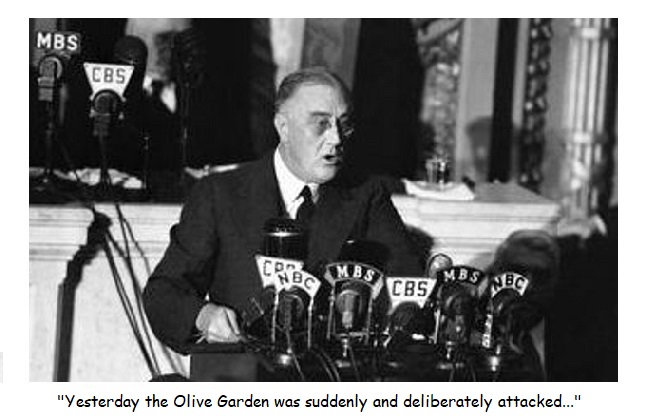
Congress was quick to declare war on the Pasta Republic making November 7th 1939 a day which would indeed live in infamy.
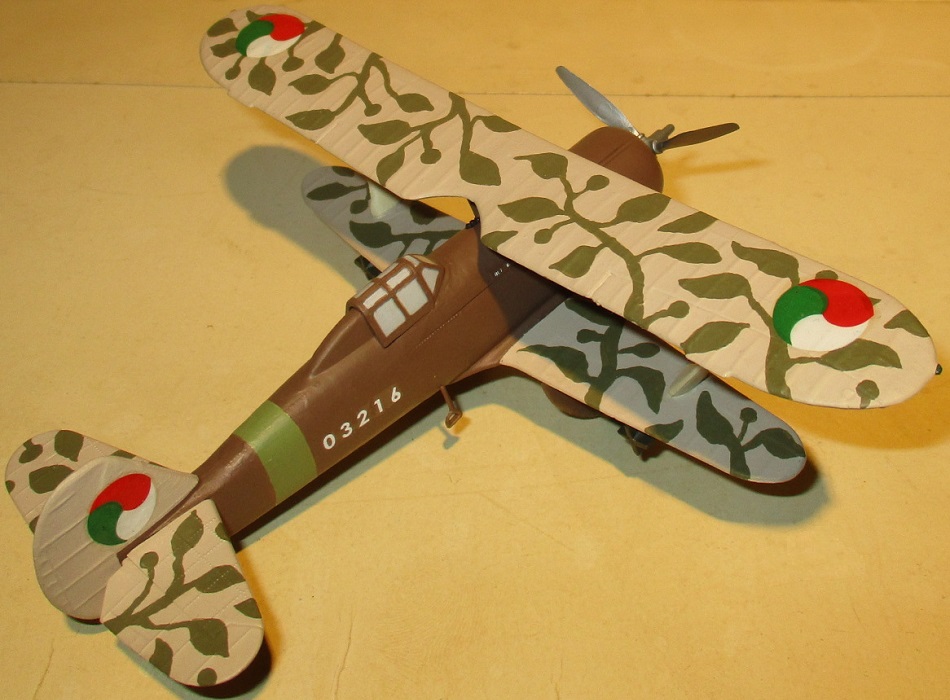
Brian da Basher